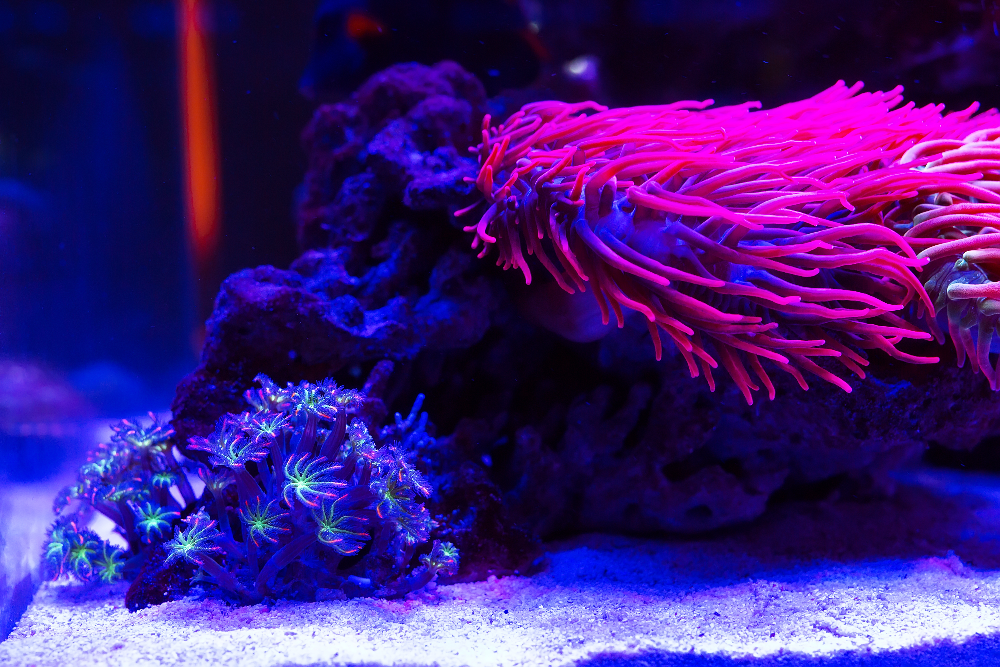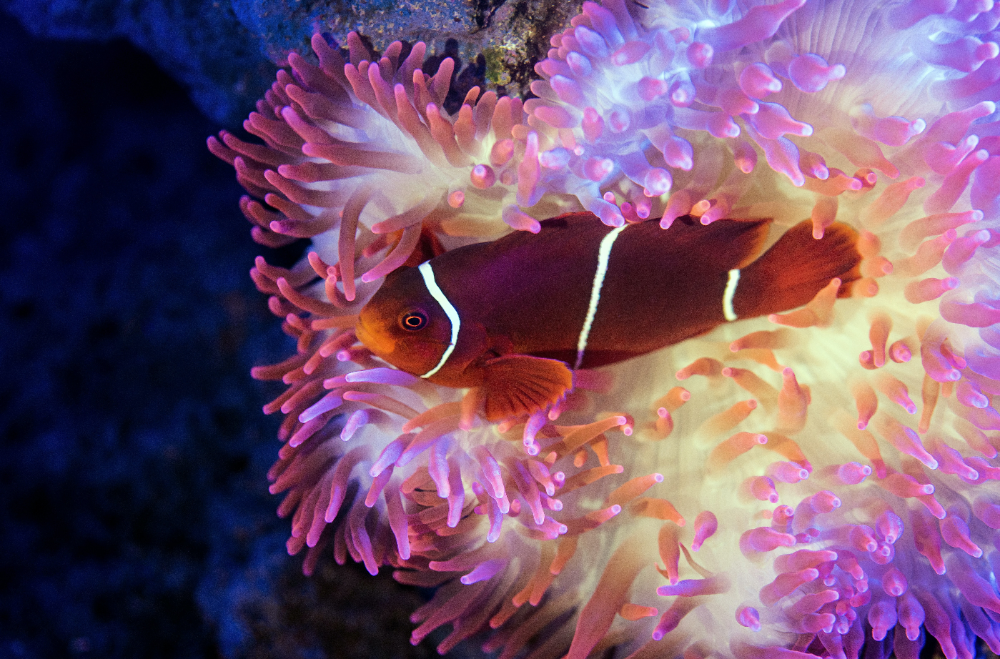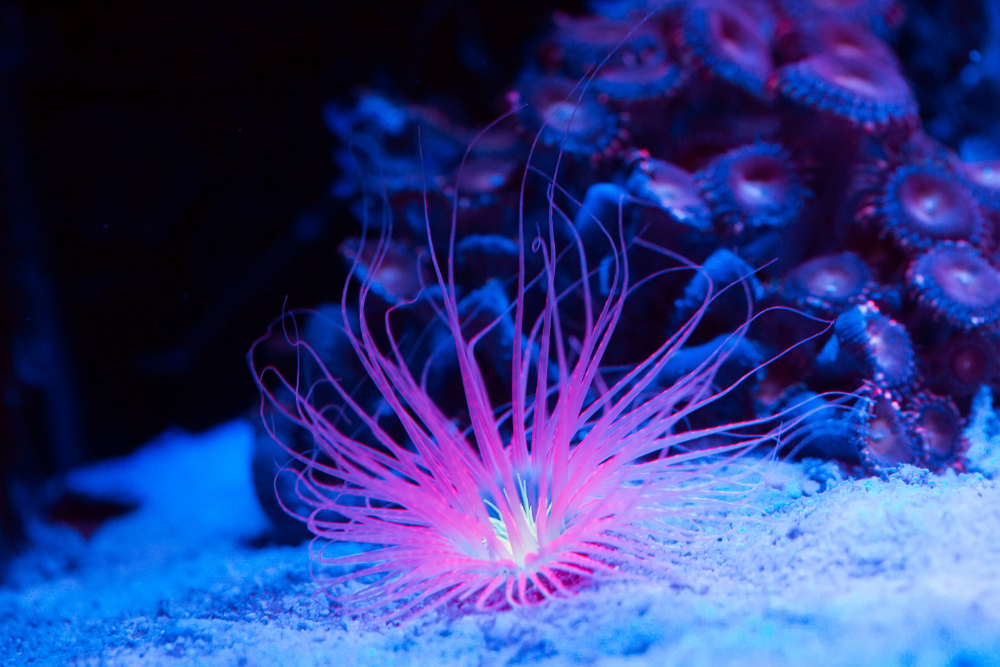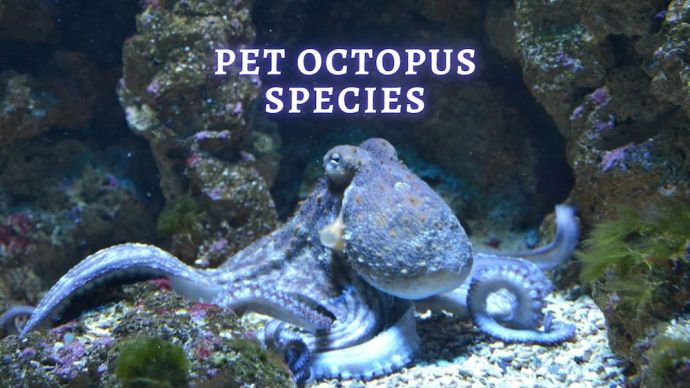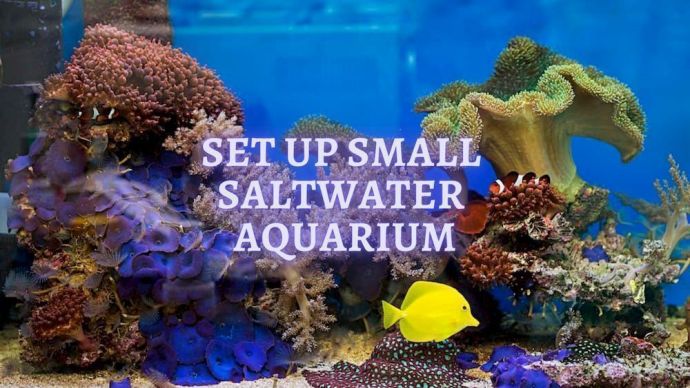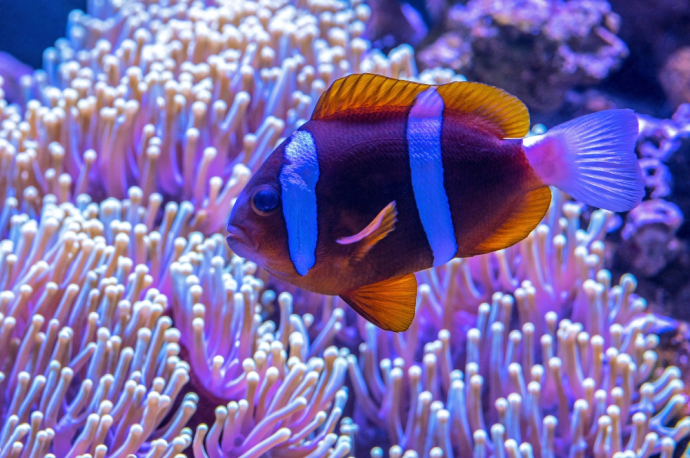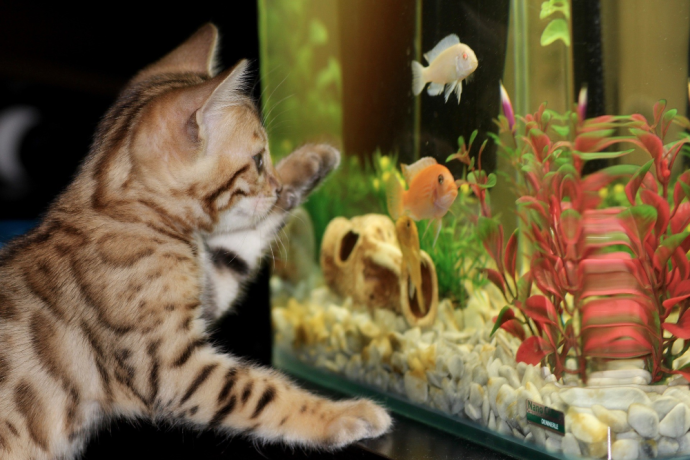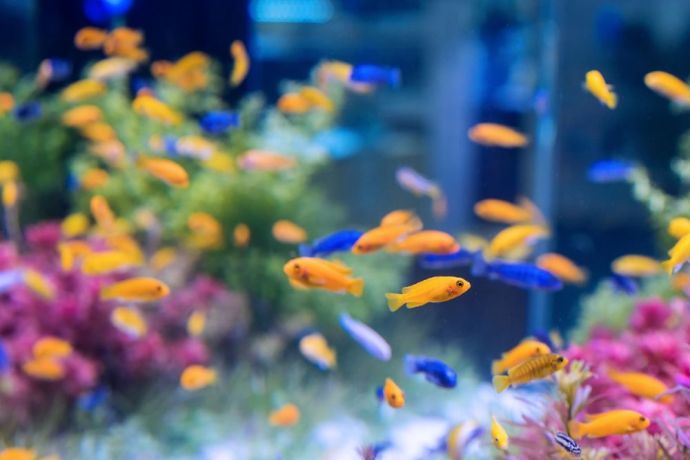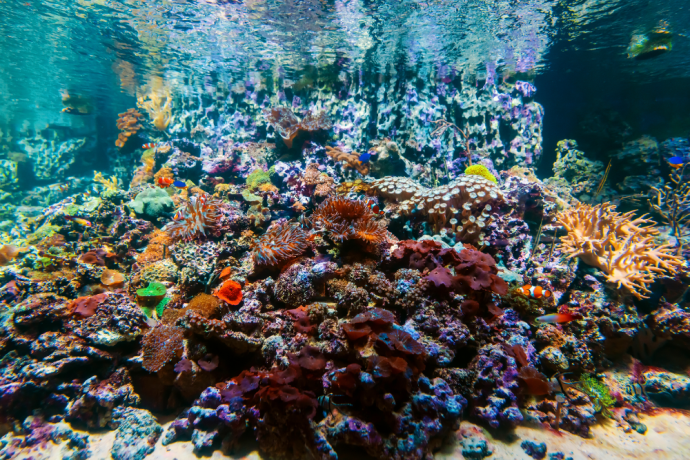How do you know when your Tank is ready for an Anemone?
Written by:
Author: Vicki Smirnova
Vicki Smirnova is a professional writer and editor who adores animals and helps readers get along well with their pets. She has been working in digital media for more than 5 years and has great experience writing content about lifestyle, including pets. Vicki specializes in dog health and nutrition, cat feeding, dog training. She is an aquarium lover and is passionate to write about fish care at home. Also, Vicki headed several websites and worked as a news editor.
View all 245 articlesLearn about our editorial process and veterinary review board.
Viewed: 1363
Updated on: 04/01/2021
Maintaining a reef aquarium can be quite a challenge for an aquarist. If you would like to preserve the health of all inhabitants in the reef aquarium, it is necessary to constantly maintain certain water parameters and to follow strict feeding rules. So, the inhabitants of the aquarium do not starve. One type of reef inhabitant that novice aquarists often have problems with is the anemone.
Anemones can live in certain conditions in the aquarium. They need to continually maintain a certain level of lighting, oxygen, and water parameters. If you cannot provide these conditions, you will not be able to store anemones in your aquarium.
In this article, you will find a lot of information about anemones, as well as some detailed tips for their care. Before placing an anemone in your aquarium, read this guide, so you are more prepared for the test.
About Anemones
These creatures look like flowers, but anemones are predatory animals. An anemone consists of a polyp and a body. These creatures can have from a few dozen to several hundred tentacles.
Top recommended types
There are many types of anemones. If you are ready to purchase an anemone, then consider one of the types listed below:
- Bulb Anemone – This species is most often purchased for placement in an aquarium. These anemones have brown columns with green, brown, or bright orange tentacles. Anemones of this species can reproduce asexually.
- Adhesive Anemone – This anemone is often called “pizza” because it has rounded edges that resemble a pizza crust. Sticky anemone can be dangerous for other aquarium inhabitants, as it has a sharp bite.
- Beaded Anemone – This type of anemone can be buried in sand or gravel instead of being attached to a solid substrate. Beaded Anemone is not very difficult to contain in an aquarium; there must be enough sand and light around the anemone.
- Corkscrew Anemone – This species tends to prefer soft substrates, burying the base in sand or mud. If the aquarium has a suitable environment, the anemone will live long, providing delight to the aquarium owner.
READ MORE: Gourami Compatible Tank Mates
READ MORE: Best Freshwater Aquarium Fish Combination
Requirements for the Aquarium
There are no specific rules for keeping anemones, and each species has its particular demands. However, all types have several standard requirements.
Water requirements: The water quality in the aquarium must be very high, and the water must be clean and free of debris. Sea anemones can live in water with high oxygen levels and a stable pH of 8.1 to 8.3. The appropriate temperature for keeping anemones is from 76 to 78 ° F. The salinity of the water should be calm and between 1.024 and 1.026. The levels of phosphates, ammonia, and nitrites should be as close as possible to 0, and the nitrate content should be no more than two parts per million.
Water flow: Another critical parameter is the water flow. If there is no current in the aquarium, the anemone will continuously wander around the aquarium until it dies in search of the present. In the wild, the anemone feeds on whatever the current brings to its tentacles. The current also washes off the anemone mucus, which contains the products of the anemone’s life, thereby helping to resist bacterial infection. All anemones value moderate and stable flow, but its strength is very individual for each species. Most species can live in aquariums with low or medium flow, but some species may require a more reliable flow of water.
Lighting: The amount of light in the aquarium is also an important parameter that affects the life and well-being of the anemone. Anemones are not photosynthetic organisms, but they get the necessary nutrients from photosynthetic algae growing in their tissues. The owner of the aquarium will need to equip the tank with a full-spectrum lamp – ideally, one that is designed specifically for marine and reef aquariums. If the lighting is insufficient, there will be a loss or decrease in zooxanthellae, in which case the anemone loses its color and becomes almost transparent. This will be a clear sign that you need to quickly change something in the lighting since the anemone without zooxanthellae lives a short life.
READ MORE: Сherry Shrimp Aquarium
When to settle in an Anemone?
One of the most common and dangerous mistakes that aquarium owners make is to settle anemones too early. If the aquarium is not yet mature enough and the environment is not paid, then such an aquarium can be fatal for the anemone.
It takes several months for the environment in the aquarium to settle down. You can only decide anemones after the aquarium has worked for 12 months or more. After 12 months, the aquarium is less susceptible to changes in water parameters.
As a rule, anemones do not cope well with changes in the state of water, so they must be added to a very stable environment in the aquarium.
Before you buy an anemone, study-specific species and understand how to care for them, what place they prefer in the aquarium, and what parameters are required for them.
Once you have settled your anemone in the aquarium, it is important not to touch it or feed it for one week – the anemone needs a rest period to adapt to the new aquarium. During this time, you should not worry if the anemone is moving; it can move to a place that it likes.
Another common mistake is the confidence of aquarists that anemones do not need to be fed. Some aquarium owners claim that anemones can get enough food from water and algae growing in their tissues.
Feeding is a very individual item for each anemone. At first, you can feed the anemone once a week, gradually increasing or decreasing the number of foods, depending on the behavior of the anemone.
With appropriate lighting, anemones do not need frequent additional nutrition. You must find a balance between feeding, pollution, and anemone health. If the anemone is healthy, it grows in size. This can be a good indicator that the anemone is getting the necessary amount of nutrition. Some anemones grow without any additional food. If the anemone is reduced in size, it lacks power or light.
You need to carefully monitor the anemone and select a diet for it. If you are sure that the anemone is in perfect condition and growing, reduce the extra food to minimize water pollution, and vice versa. If the anemone is decreasing, feed more often, sacrificing, within reason, the water quality.
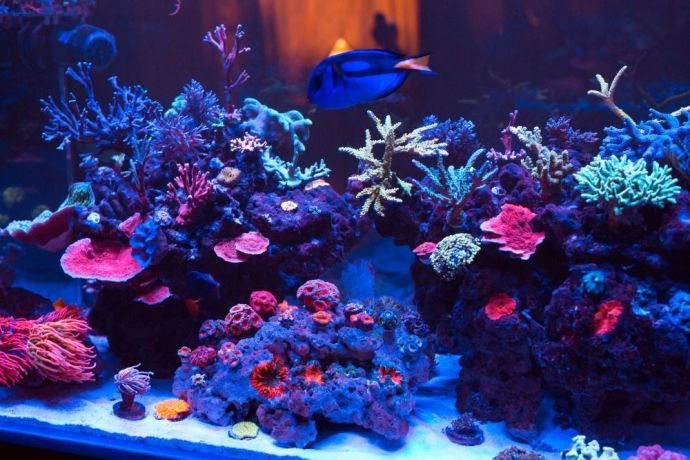 Fish Owners Tips Saltwater Refugiums: How to Make a Refugium for Saltwater Aquarium?
Fish Owners Tips Saltwater Refugiums: How to Make a Refugium for Saltwater Aquarium? - 735
- 0









